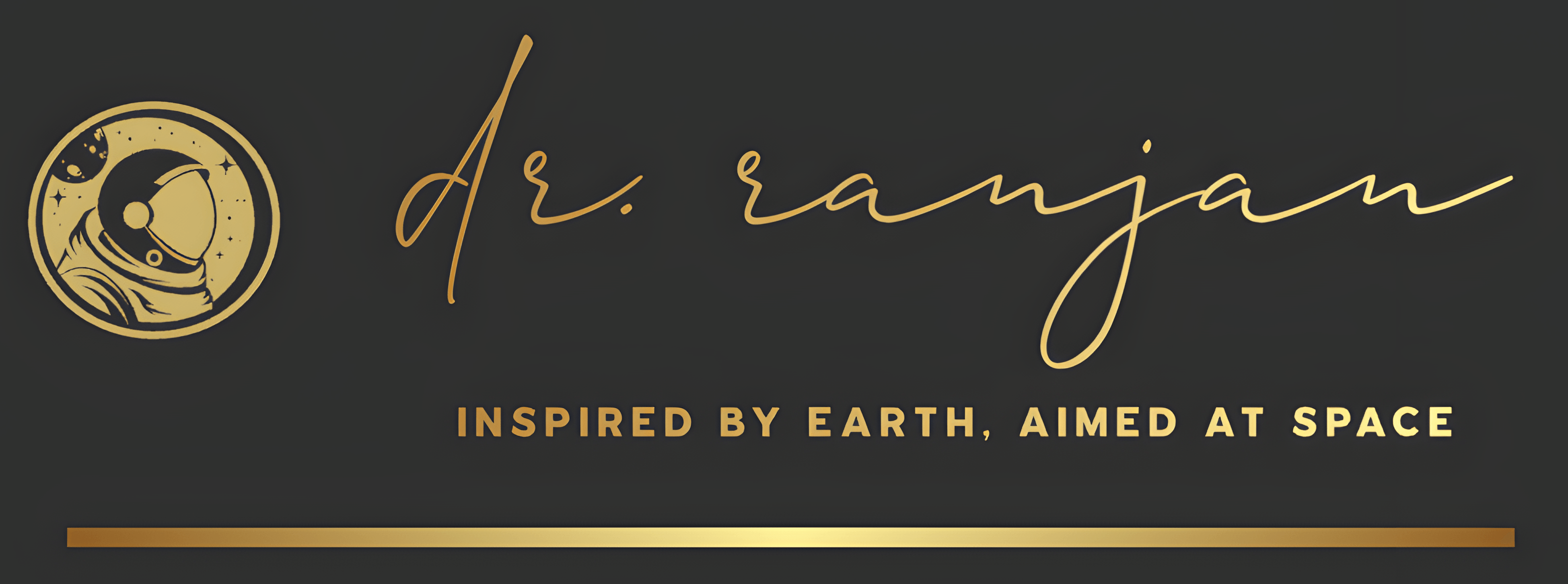Can AI Predict Your Next Cavity? Inside the Future of Preventive Dentistry
Health Desk- Martian Smiles Lab
New Delhi, UPDATED May 31, 2025 1:57 pm
Imagine brushing with an AI toothbrush that predicts cavities — warning you months before you feel the slightest twinge of pain. This futuristic idea is quickly becoming reality thanks to advances in artificial intelligence and dental tech.
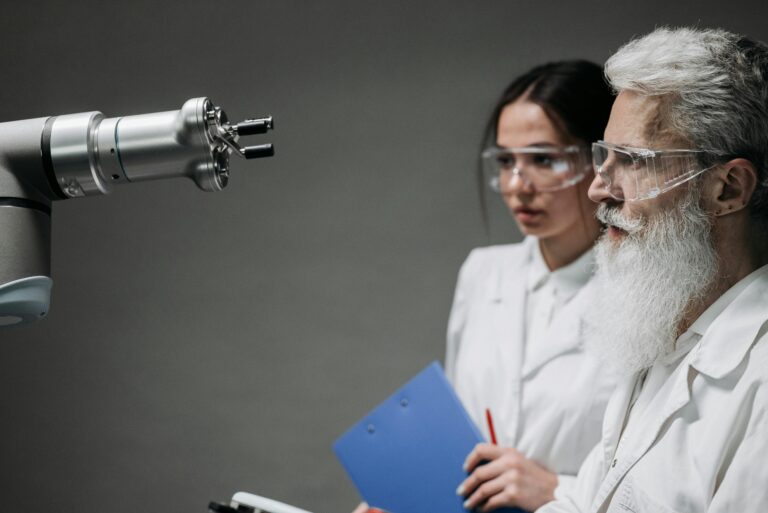
A New Era in Oral Health is Here
Imagine visiting your dentist and being told exactly where a cavity might form months before you feel the slightest twinge of pain. That’s the promise of artificial intelligence (AI) in dentistry — a transformative shift from reactive care to true prevention.
AI is no longer a concept confined to research journals or high-tech labs; it’s stepping directly into the dental operatory. Today’s smart diagnostic systems can analyze thousands of radiographs, detect early enamel demineralization, and even predict gum disease progression. These capabilities allow dental professionals to make earlier, more accurate interventions — and in some cases, prevent the problem before it ever begins.
This emerging wave of technology signals a paradigm shift in oral healthcare. The question is no longer if AI will be integrated into dental care — it’s how soon your clinic will adopt it.
The Problem with Traditional Dentistry
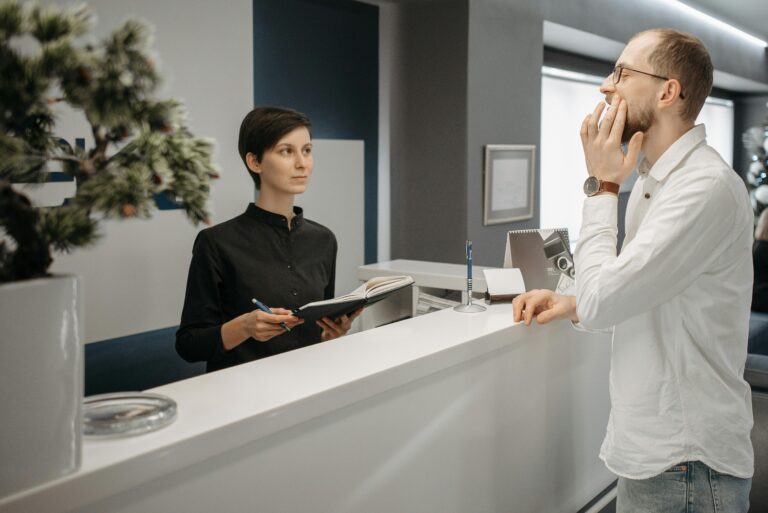
For decades, dentistry has followed a reactive model: patients seek care only when something hurts — a toothache, visible decay, or bleeding gums. Unfortunately, by the time many people book that dental appointment, the issue has often advanced beyond simple care. What could have been a minor fix now requires drilling, extraction, or even surgery.
Millions of people miss the critical early window when oral conditions are easiest to treat — or even reverse. But this is where AI comes in, shifting the narrative from damage control to early intervention. Machine learning tools can now detect the tiniest anomalies in X-rays, flagging potential problems before symptoms appear.
In practical terms, that means fewer fillings, fewer root canals, and fewer lost teeth — and ultimately, healthier mouths and happier patients.
How AI is Learning to Spot Cavities Before Dentists Do

Modern AI tools are being trained on massive datasets of dental radiographs — thousands, sometimes millions, of annotated images from clinical cases around the world. This deep learning process allows algorithms to recognize the most subtle early signs of decay, bone loss, or structural changes that even experienced dentists may miss during a routine exam.
Innovative AI companies like are leading the charge, with platforms that analyze bitewing and panoramic X-rays in seconds. These tools not only highlight suspicious areas but also provide detailed measurements of bone levels and cavity depth. In some cases, they even assign probability scores, predicting how likely a lesion is to progress into a full-blown cavity.
What makes this revolutionary is not just speed, but accuracy. In clinical studies, AI-assisted diagnosis has reduced human diagnostic error rates by more than 20%, especially in ambiguous or borderline cases.
From Clinics to Classrooms: How AI is Reshaping Dental Education
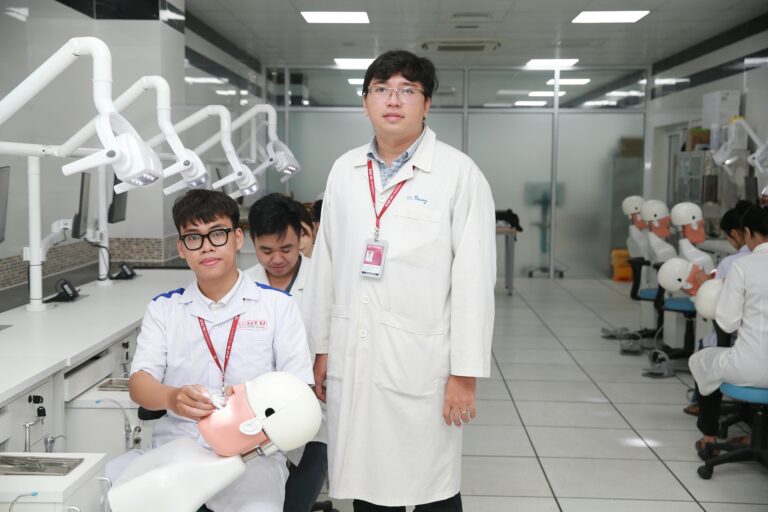
The influence of AI in dentistry isn’t limited to clinics — it’s making a significant impact in dental schools and training centers worldwide. Traditional methods of learning radiographic interpretation and diagnostics are being transformed by AI-powered simulation platforms that provide real-time feedback. These digital tools allow students to review hundreds of annotated X-rays, identify anomalies, and immediately understand where they went wrong — a luxury previous generations didn’t have.
As these AI-savvy professionals enter the workforce, we’re likely to see a global rise in diagnostic consistency, particularly in low-resource settings where access to experienced specialists is scarce.
Why Your Next Toothbrush Might Predict Cavities With AI

AI isn’t just a behind-the-scenes tool for clinicians — it’s rapidly becoming part of the everyday patient experience. Imagine brushing your teeth with an AI-powered smart toothbrush that scans your enamel in real time, detecting micro-decay or gum inflammation long before symptoms appear. These devices sync with mobile apps to create a personalized oral health dashboard, giving users daily insights into brushing technique, pressure, duration, and plaque hotspots.
But the future goes beyond just brushing. AI will soon integrate data from diet, sleep patterns, genetic predispositions, and even salivary microbiome profiles to generate custom risk forecasts for cavities, gum disease, and oral cancer. This shift means that preventive dentistry will become smarter, more predictive, and deeply tailored to individual habits — empowering patients to take control before problems even start.
Challenges: Ethical, Legal, and Trust Issues
we have renewed focus on our mission to build safe AI that empowers people; we'll have remarkable progress to share in 2024.
— Sam Altman (@sama) December 21, 2023
i've never felt better about our research/product plans, and i look forward to us focusing more on what governance for this technology might look like.
Despite its promise, AI in dentistry isn’t without complications. One of the most pressing concerns is data privacy — especially when patients’ dental records, imaging scans, and behavioral data are stored or processed through cloud-based platforms. Questions remain about who owns this data and how securely it is handled, particularly when AI vendors are private tech companies operating across borders.
There’s also a legal gray zone: if an AI system misses a diagnosis or flags a false positive, who is responsible — the dentist, the software developer, or the clinic? Current medical liability laws weren’t designed with intelligent algorithms in mind, and regulators are still catching up.
Finally, there’s the human trust factor. Many patients remain skeptical of machines making health decisions. They want empathy, experience, and reassurance — traits a chatbot or screen can’t replicate. Building patient confidence in AI-assisted dentistry will require transparency, communication, and clear human oversight. Only when technology and trust go hand-in-hand can AI truly reshape dental care for all.
Social Media’s Role in Pushing AI in Dentistry
Try submitting x-ray, PET, MRI or other medical images to Grok for analysis.
— Elon Musk (@elonmusk) October 29, 2024
This is still early stage, but it is already quite accurate and will become extremely good.
Let us know where Grok gets it right or needs work.
Social media has emerged as a powerful catalyst in demystifying and promoting dental AI. Influencers and health-tech enthusiasts now routinely share reels and testimonials of AI tools evaluating X-rays, identifying plaque buildup, and even predicting cavities. These posts are digestible, engaging, and spark real curiosity — particularly among younger patients who trust digital innovations.
Even global tech figures are joining the conversation. In Oct 2024, Elon Musk tweeted about Grok, his AI platform, being able to interpret X-rays, PET, and MRI scans, calling the feature “already quite accurate” and inviting feedback to make it even better.
Though not dental-specific, Musk’s endorsement adds weight to the growing trust in AI for diagnostics. His words reflect a shift in public sentiment — that AI in healthcare is no longer experimental, but inevitable.
The Future: AI + Oral Sensors + Tele-Dentistry
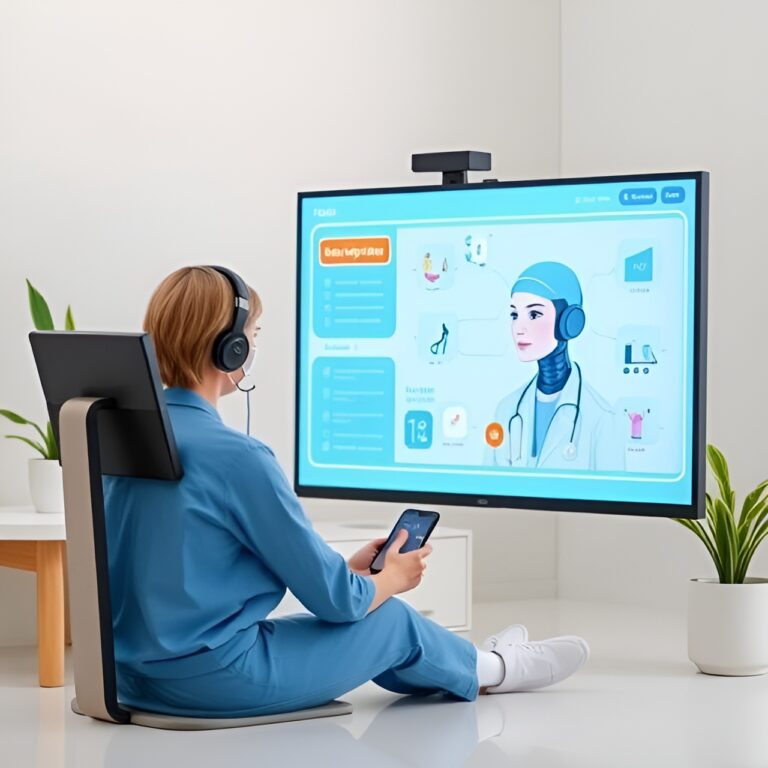
Looking ahead, we’re entering an era where AI doesn’t just assist your dentist — it monitors your oral health 24/7. Imagine a smart oral ecosystem where your toothbrush, oral sensors, and dental app all communicate in real time. These devices could detect early signs of tooth decay, track your brushing technique, monitor pH levels, and even flag bruxism triggered by stress.
With the integration of AI and tele-dentistry, this data could instantly be shared with your dental provider, who could intervene before problems escalate. Alerts for sugar spikes, acid erosion, and missed brushing zones may become as common as step notifications on your smartwatch. Combined with personalized insights based on diet, habits, and medical history, dental care is shifting from episodic check-ups to continuous, predictive wellness management.
In short, your mouth will soon have a digital dashboard — transforming dentistry into a real-time, data-driven experience that adapts to your life, not just your next appointment.
Embrace the Algorithm — Carefully
interesting watching people start to debate whether powerful AI systems should behave in the way users want or their creators intend.
— Sam Altman (@sama) December 3, 2022
the question of whose values we align these systems to will be one of the most important debates society ever has.
As with all innovation, finding the right balance is key. AI tools will enhance dentistry, not replace human judgment. The most successful clinics will blend intuitive AI systems with compassionate, expert care — ensuring that the algorithm works with us, not instead of us. For patients, it means earlier interventions, fewer complications, and — hopefully — a future where your next cavity is predicted and prevented before it ever begins.
Official Address
- Bonn, Germany
- Victoria, Mahe Island, Seychelles
- New Delhi, India.
- info@drbibhakarranjan.com
- +49 15560 936114
Copyright 2025 Dr Bibhakar Ranjan – All Rights Reserved
